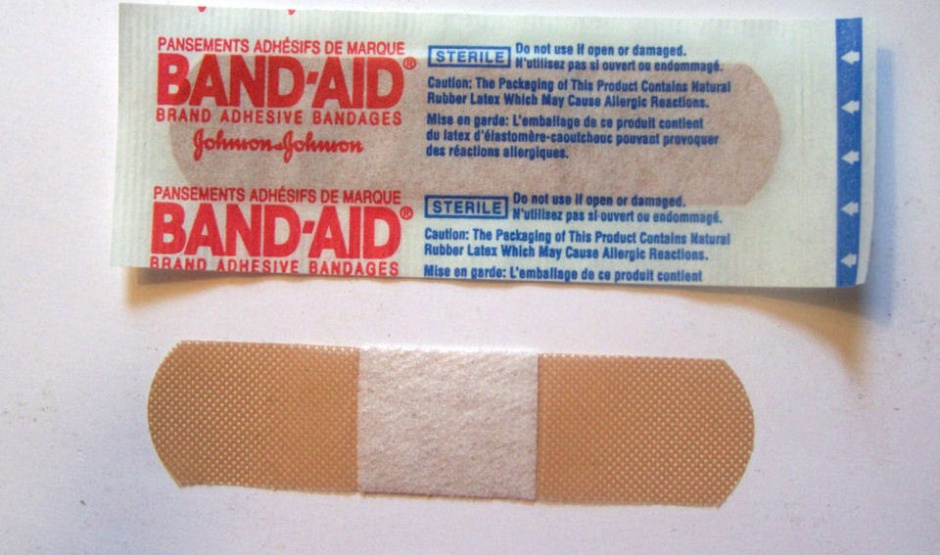Of all the minor-but-annoying pains in life, removing a sticking-plaster ranks unaccountably highly, especially if you are unlucky enough to have suffered an injury to hairy skin. It’s even generated an idiom, dividing people between the schools of “peel it off in little stages” and “go for one agonising rip”. But researchers in the US and China have now devised a new type of adhesive that can stick to moist surfaces strongly and yet be detached easily by exposing it to specific frequencies of light.

The research was directed by Zhigang Suo, a professor of mechanics and materials at the John A Paulsen School of Engineering and Applied Sciences (SEAS) at Harvard University, and also involved researchers from Xi’an Jiaotong University in China. “In nature, wet materials don’t like to adhere together,” Suo said. “We have discovered a general approach to overcome this challenge.”
Suo refered to his team’s discovery as “molecular sutures”. It occupies a middle ground between adhesion through covalent bonds, which would be permanent and is sometimes used to stick materials together in industry, and sticking through physical interactions, which is how current sticking plasters work. This sort of adhesive requires removal using solvents or simple brute force, leading to the familiar ouch. Molecular sutures work through a phenomenon known as topological entanglement, where polymer chains form a network between two pre-existing polymer networks: in this case, the substrate of whatever material needs to be stuck to the skin, and the surface of skin itself.
In a paper in the journal Advanced Materials, Suo and the team including first author Yang Gao of Xi’an described using an alginate-polyacrylamide hydrogel as both substrate and molecular suture material. This has the property of not sticking to itself, because at its surface there are no chemical groups that will bond to each other in any way – a situation shared by skin and most materials doctors would like to stick to it.
“Activating” the adhesive with a specific frequency of ultraviolet light causes it to undergo a change known as a sol-gel transition, where it changes from a watery gloop to a firm gel consistency, and this creates a bond of strength 1400J/m2. Exposing it to UV again reverses the transition, reducing the adhesion energy to 10J/m2, effectively dissolving the molecular suture network and instantly unsticking the two materials with no need for forceful peeling.Other stitching polymerrs include chitosan, polyamino-salycilic acid, alginates and cellulose.
The researchers believe that the structure of the suture polymer could be tuned so that it detached with near-infrared rather than ultraviolet light, which make it safe for use on skin and a feasible adhesive for medical applications, including wound dressings, stick-on drug delivery patches and even elements of wearable robotics.
“Our molecular sutures can strongly adhere wet materials together," said Suo. "Furthermore, the strong adhesion can be made permanent, transient, or detachable on demand, in response to a cue. So, as we see it, nature is full of loopholes, waiting to be stitched.”




Virgin Atlantic’s Flight100 saved 95 tonnes of CO2 in first SAF flight
Good comment. I think these reports are different from many others , in that they were prepared outside the government and the issues, they raised, of...